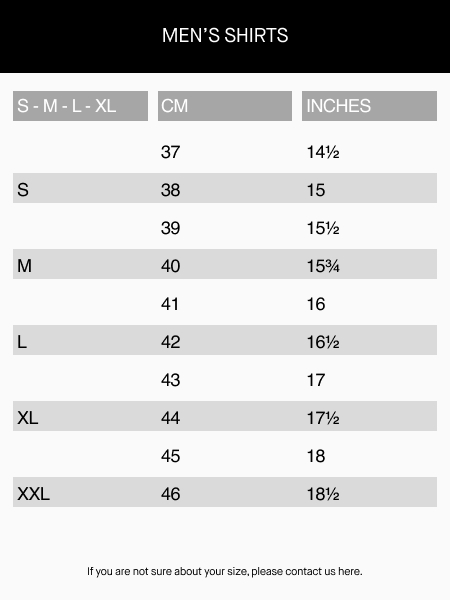Famed Neapolitan tailoring is steeped in nearly 700 years of history
In a Financial Times article from October 2019, writer Fiona McCarthy quotes art dealer Thomas Dane about the city of Naples: “The scale and beauty of its buildings are a constant reminder of how it was once one of the most important cities in the world.”
For centuries, it was the capital of Regno delle Due Sicilie, the kingdom that preceded the unification of Italy in the mid-1800s. Along with art, architecture, music, and food traditions, Naples also has a lengthy tradition of sartorial knowledge, skill, and artisan techniques.
Over the course of nearly seven centuries, since its formal establishment in 1351, the Neapolitan tailoring industry has flourished, in large part due to the city’s strategic position as a center of commerce and aristocracy. In the 15th century, a Neapolitan tailoring school was established, along with the industrial production of fine wool and silk fibers. Members of the Confraternita dei Sartori were the first in the world to introduce ready-to-wear menswear.

Several contemporary brands that are well-known around the world were all established in Naples in the last century: Isaia (1920), Rubinacci (1961), and Kiton (1968). After a long period of being out of favor with the world’s upper class, Neapolitan tailoring experienced a renaissance in the 1930s. Jackets had shorter sleeves in order to show a bit of the shirt cuff and shoulders had less padding for greater movement. The flamboyant yet relaxed attitude was a hit, especially in contrast to the rigidity of British tailoring and pompous French styles.
 Today, Neapolitan tailoring is widely recognized as the best in the world, due to its creative flair, its overarching aesthetic spirit that deftly balances elegance with flexibility and mobility, and the impressive dexterity of its tailors’ fingers.
Today, Neapolitan tailoring is widely recognized as the best in the world, due to its creative flair, its overarching aesthetic spirit that deftly balances elegance with flexibility and mobility, and the impressive dexterity of its tailors’ fingers.
What is Isaia?
Isaia is the brand often credited with first exporting the Neapolitan tailoring tradition and aesthetic to other parts of the world, namely North America and Asia. The brand’s signature red coral symbolism is rooted in Greek legend and today, red coral is a sign of good luck, and use by Neapolitans in everything from pendants to religious ornaments to jewelry.

What is Kiton?
Kiton is equally well-known and well-respected around the world for its menswear suiting, ready to wear, and accessories collections, all of which draw on the label’s expertise with fine fabrics. Five production facilities are wholly owned and controlled by the brand: Arzano, Collecchio, Fidenza, Marcianise, and Biella.
Other Neapolitan Tailoring Brands

Other modern names to know in the Neapolitan tailoring tradition: Finamore, which is also nearly a 100-year-old company, makes impeccable dress shirts, and Barba Napoli, which makes a variety of ready-to-wear garments, all of which are a combination of traditional and new styles.
In the broad spectrum of men’s fashion, traditional garments like tailored shirts, blazers, and suit sets (jacket and trousers) are rapidly becoming less commonplace. Consumers are opting instead for more casual styles, which is why you see offerings from the best Neapolitan tailoring labels like knit sneakers, swimsuits, and leather jackets.

While the core product may grow more exclusive and niche, the legacy, history, and sartorial expertise of Neapolitan tailoring labels will live on in other types of products. If history is any indication, these progenitors of modern luxury apparel aren’t going anywhere.
Curious about how to find the right size of men’s dress shirt? See the chart below which explains the conversion from S-M-L-XL to centimeters and inches.
Discover more Menswear content: A Name to Know: John Lobb, Q&A with Ermanno Lazzarin of ERAL 55, and Style Icon: Alessandro Squarzi of Fortela.
About the Author
Alex English is the Head of Content Marketing at italist.com, building on a lifelong passion for fashion and luxury. After publishing a lifestyle blog for nearly ten years and obtaining an MBA in Milan at SDA Bocconi, one of Europe’s top business schools, he joined the italist team in 2019. His work since then has focused on upper-funnel messaging, brand storytelling, establishing italist as a thought leader in the space, and enriching the customer experience on the platform. Find him on LinkedIn.



